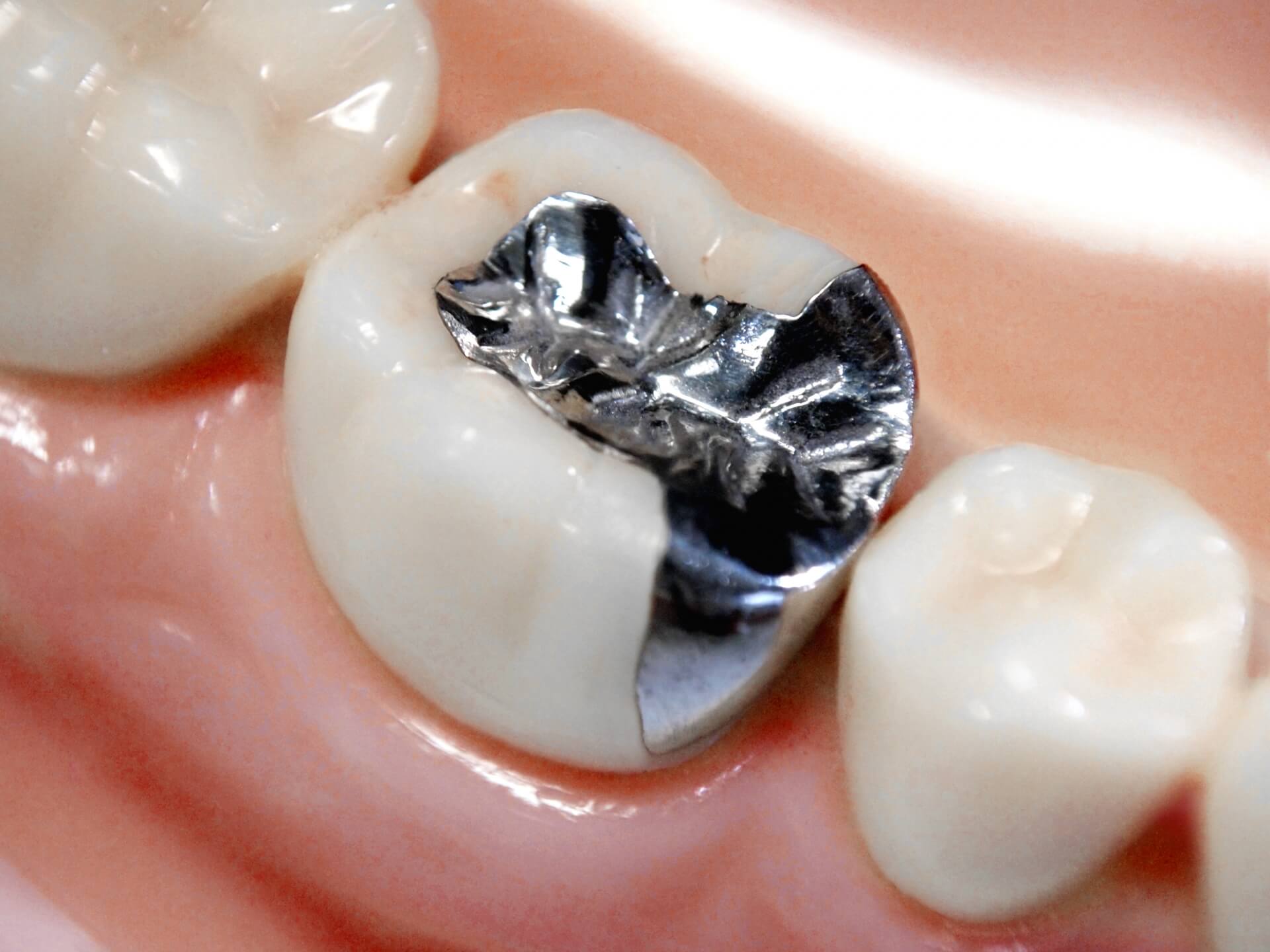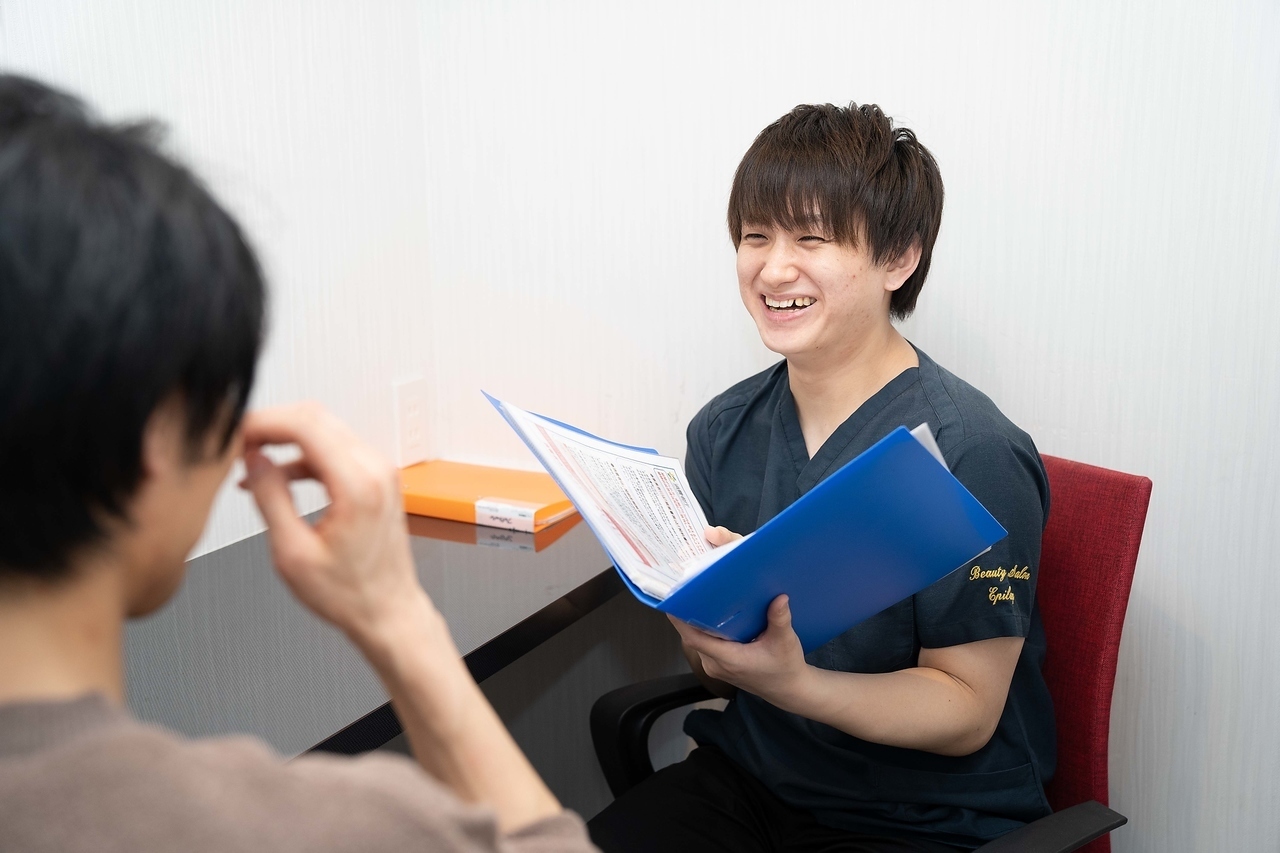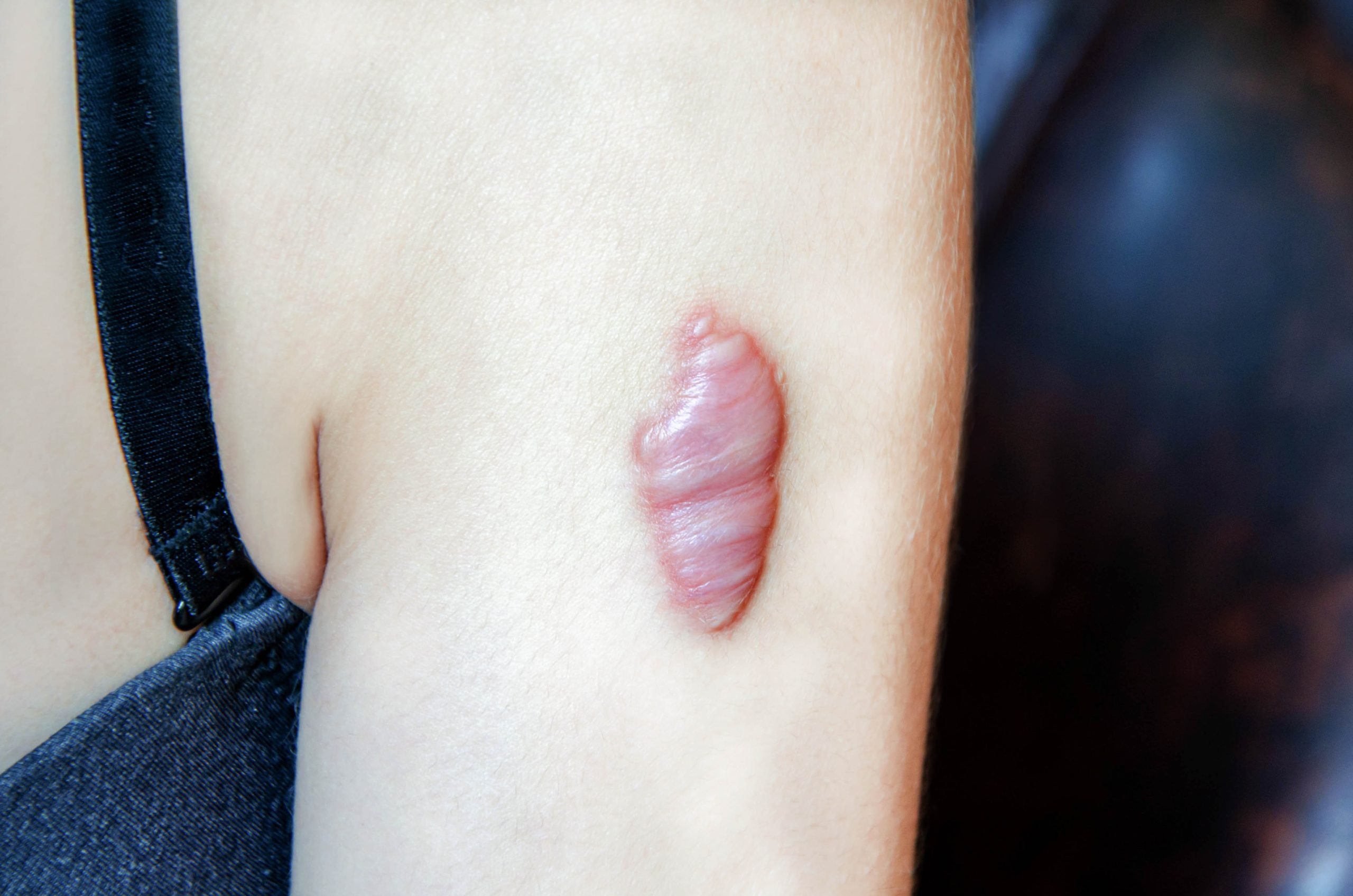Epilage(エピラージュ) | 2025.05.05 20:27
Will hair regrow after laser hair removal?
カテゴリ: スタッフブログ
Many people may worry, “Won’t the hair just grow back even after light-based hair removal?” It is true that a salon cannot legally offer permanent hair removal.
However, with 12 years of treatment experience—including many years in large clinics—I can assure you that, with the right technology, a salon can achieve results that approach those of permanent hair removal.
Why People Say Hair Grows Back After Light Hair Removal
Below, we explain why regrowth can occur with light hair removal, focusing on output limitations and the influence of the hair-growth cycle.
Insufficient Follicular Damage Due to Output Limits
Devices used in aesthetic salons prioritize safety and minimal skin burden, so their output is usually set lower than that of medical lasers. While this protects the skin, the low output often fails to inflict enough damage on the hair follicle.
| Factor | Details |
| Low-output setting | Energy delivered to the follicle is limited in order to minimize skin damage. |
| Incomplete follicle destruction | Because the energy does not fully destroy follicular cells, some survive and can trigger regrowth. |
| Hair regrowth | If treatments are not continued, intact follicles can produce new hair. |
Reduced Effectiveness During the Telogen Phase
Hair constantly cycles through the anagen (growth), catagen (regression), and telogen (resting) phases. Light hair removal works best on hairs in the anagen phase. Because a treatment session rarely coincides with every hair’s anagen phase, hairs in telogen or catagen absorb little energy and are more likely to regrow.
| Hair-cycle stage | Characteristics | Impact on treatment |
| Anagen (growth) | Hair actively growing, rich in melanin, readily absorbs light energy. | Maximum effect is achieved. |
| Catagen (regression) | Growth slows and cellular activity declines. | Partial effect; complete destruction is difficult. |
| Telogen (resting) | Hair has shed; new growth has not yet begun, melanin is minimal. | Little to no effect because the follicle is inactive. |
Because treatment effectiveness hinges on timing, an optimized schedule is essential. One reason multiple sessions are required is that hair-cycle variation prevents every follicle from being treated effectively in one visit.
If you want results even on telogen-phase hairs, consider the SHR method.
What Is the SHR Method That Works on Telogen-Phase Hair?
Effects of Hormonal Fluctuations
In women, hormonal changes during pregnancy, postpartum, or menopause can alter hair-growth patterns. Such internal factors can undermine lasting results and trigger regrowth of hairs that had been suppressed.
Missed Spots and Uneven Coverage
If irradiation is uneven or misses an area, the untouched follicles can receive insufficient energy and later regenerate hair. This cause is largely related to the practitioner’s skill.
Comparison with Medical Laser Hair Removal
Medical hair removal—typically performed with lasers in a clinic—aims to destroy the follicle completely, delivering long-lasting results. Light hair removal, by contrast, causes less pain but cannot match the efficacy of medical lasers.
That said, advanced salon techniques can yield results close to permanent removal while keeping discomfort low. Because medical lasers are more painful, choosing a method should consider not only efficacy but also your tolerance for pain and the number of sessions you are willing to undergo.
| Category | Medical laser | Light hair removal |
| Equipment | High-output laser devices that directly destroy follicular cells; highly effective. | Low-output devices that target melanin, inflicting temporary damage. |
| Number of sessions | Significant reduction after only a few sessions. | Many sessions required to match the hair-growth cycle. |
| Lasting effect | Near-permanent because follicles are fully destroyed. | Mainly hair-thinning; regrowth is likely over time. |
| Pain | Intense pain and potential skin issues, though performed under medical supervision. | Less painful and gentler on skin, but partly less effective. |
▼For more on the differences between medical and salon treatments, click here
Differences Between Medical and Salon Hair Removal: How to Choose Wisely
Key Points and Precautions to Maximize Results
To enhance the effect of light hair removal and minimize regrowth, several factors—pre- and post-treatment care, scheduling, and lifestyle habits—must work together.
Pinpointing the Best Treatment Timing
Choosing the right timing within the hair-growth cycle is fundamental. Because light hair removal works only on anagen hairs, a precise schedule is critical.
Consider the following points when setting appointments:
| Element | Description |
| Understanding cycles | Identify anagen and telogen periods for each area to set optimal dates. |
| Session intervals | Schedule intervals (e.g., every four months) aligned with growth phases. |
| Individual variation | Design custom schedules for skin, hair, and body type. *Choose a salon that conducts thorough interviews for this reason. |
As shown, knowing the hair-growth cycle is vital. Representative anagen and telogen durations for major areas are listed below.
| Area | Anagen length | Telogen length | Notes |
| Underarms | ≈ 4 months | ≈ 3 months | Short cycles make timing crucial. |
| Face | 4 months – 1 year | 2 – 3 months | Fine hairs; cycle varies widely. |
| Arms | 3 – 4 months | 4 – 5 months | Relatively uniform cycle, steady results. |
| Legs | ≈ 4 months | ≈ 6 months | Long anagen may require more sessions. |
| VIO | 1 – 2 years | 1 – 1.5 years | Dense hair; long anagen means slower visible results. |
Understanding these differences and setting suitable intervals is essential for lasting results. Tailor-made plans for each area help maximize effectiveness.
Choosing the Best Self-Care Method
Pre- and post-treatment hair care and daily maintenance strongly influence outcomes. Tweezers and razors increase the risk of ingrown hairs and irritation, so proper methods are crucial.
| Method | Features | Cautions |
| Razor | Quick and convenient. | May damage skin. |
| Tweezers | Removes hair from the root. | High risk of ingrown hairs and irritation. |
| Electric shaver | Gentle on skin, low ingrown-hair risk; recommended for maintenance. | — |
Choosing the right self-care method reduces obstacles to successful treatment and keeps the cycle on track. Post-treatment moisturizing and UV protection are also vital for skin health.
Frequently Asked Questions
Questions about light hair removal are wide-ranging. Below we answer the most common queries from clients and prospective users in clear, specific terms.
How Can I Spot a Good Hair-Removal Salon?
Evaluate a salon from several angles.
Safety and staff qualifications come first. Check whether practitioners hold appropriate licenses—such as Certified Electrologist—so you can trust their skill and safety standards.
Transparent pricing and contracts are equally crucial. Confirm plan details, number of sessions, extra fees, and cancellation rules, and be wary if promotions overshadow essential terms.
▼For a detailed look at salon pricing, click here
Complete Guide to Salon Hair-Removal Fees: What Smart Shoppers Should Know
Also consult reviews to gauge atmosphere, results, and after-care. For large chains, ensure quality is consistent across locations.
Convenient access and an easy-to-use booking system matter, too. Check whether reservations and cancellations can be handled smoothly online.
Comparing several salons, attending counseling sessions, and reading contracts carefully will help you find the best match and avoid future problems.
▼For more tips on choosing a salon, click here
How to Choose a Hair-Removal Salon or Clinic Without Regret | Shinjuku Epilage
What After-Care Should I Follow?
Proper after-care greatly influences long-term results. Adequate moisturizing, UV protection, and gentle skincare minimize damage and delay regrowth.
| Care step | Recommended method | Expected benefit |
| Moisturizing | Apply additive-free creams or lotions to balance skin hydration. | Prevents dryness and supports skin regeneration. |
| UV protection | Use sunscreen and wear hats or sunglasses outdoors. | Prevents damage and reduces pigmentation risk. |
| Cooling | Apply cold packs or gels post-treatment to calm inflammation. | Effectively reduces redness and stinging. |
Summary
This article covered the basics of light hair removal, reasons for regrowth, comparisons with medical lasers, and key tactics to maximize results. While light hair removal offers safety and convenience, its limited output and the hair-cycle challenge make fully permanent results difficult.
Nevertheless, by optimizing treatment timing, choosing proper self-care, and improving lifestyle habits, you can significantly extend the benefits. Choose a salon that tailors treatments to your goals and body.
■If You’re Troubled by Unwanted Hair, Consult Arai—20,000 Treatments Performed
If you’re interested in salon hair removal but worry about results, pain, or costs—or simply don’t know where to start—please consult us.
Drawing on 12 years and over 20,000 medical-grade procedures, our salon aims to make your skin silky-smooth in roughly 10 sessions over six months. We propose a one-of-a-kind plan tailored to each client’s skin and hair while minimizing pain.
▼Recommended for:
- Those who don’t want to choose the wrong salon and wish to understand costs and timelines clearly.
- Those concerned about pain or skin issues who prefer advice from an experienced specialist.
- Those who prefer male or female staff and value privacy.
- Those preparing for a wedding or event and want to start hair removal.
If your skin is suitable, you can try a sample treatment on the day of counseling. We also welcome those who “just want to talk.” There is absolutely no hard sales pitch.
Let’s solve your concerns together and start your ideal hair-removal journey at your own pace. Feel free to contact us.
Click here to book counseling with Director Arai








